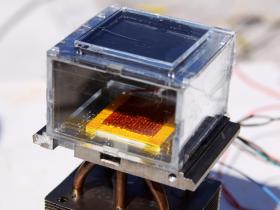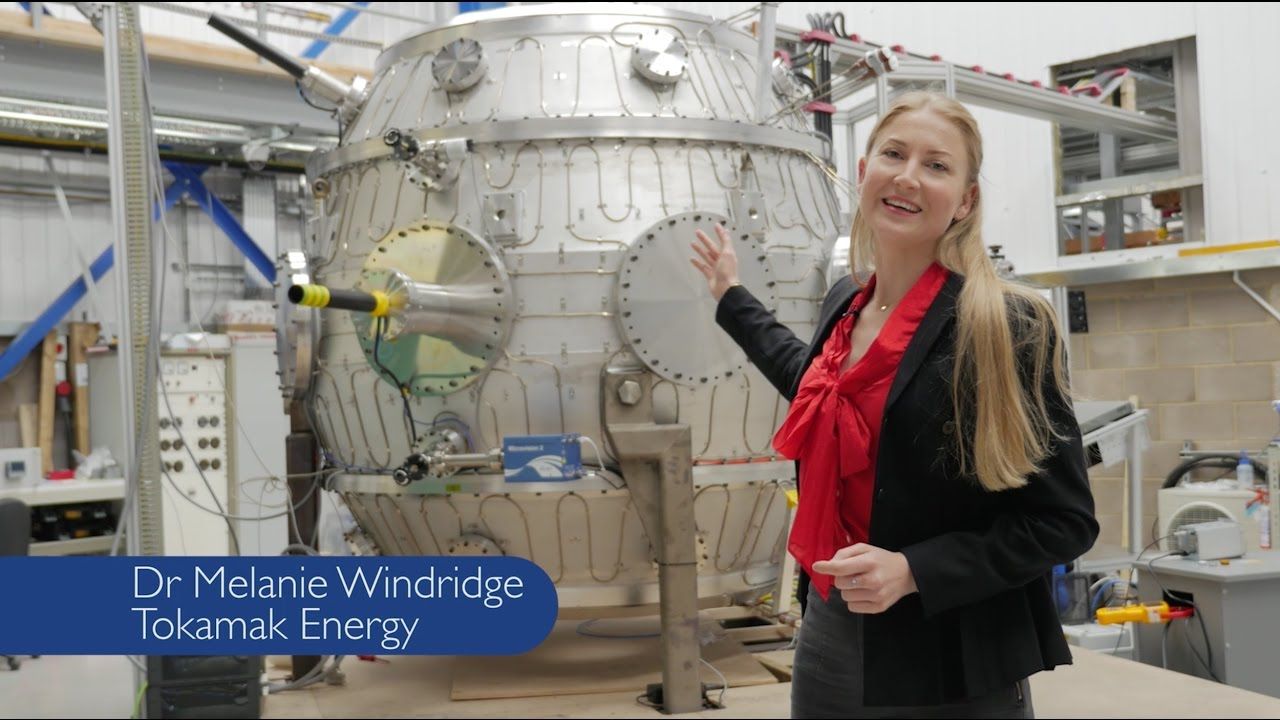Scientists have discovered a low-cost, efficient catalyst for splitting water to create hydrogen. This means that the world’s cleanest form of energy, hydrogen, may be more easily and cheaply produced.
Physicists at the University of Houston have discovered a low-cost, efficient, and easily available catalyst that can split water into hydrogen and oxygen. The catalyst is far more efficient than other options that have previously been employed, and because it is grown from ferrous metaphosphate on a conductive nickel foam platform, it is both more durable and cheaper to produce.










